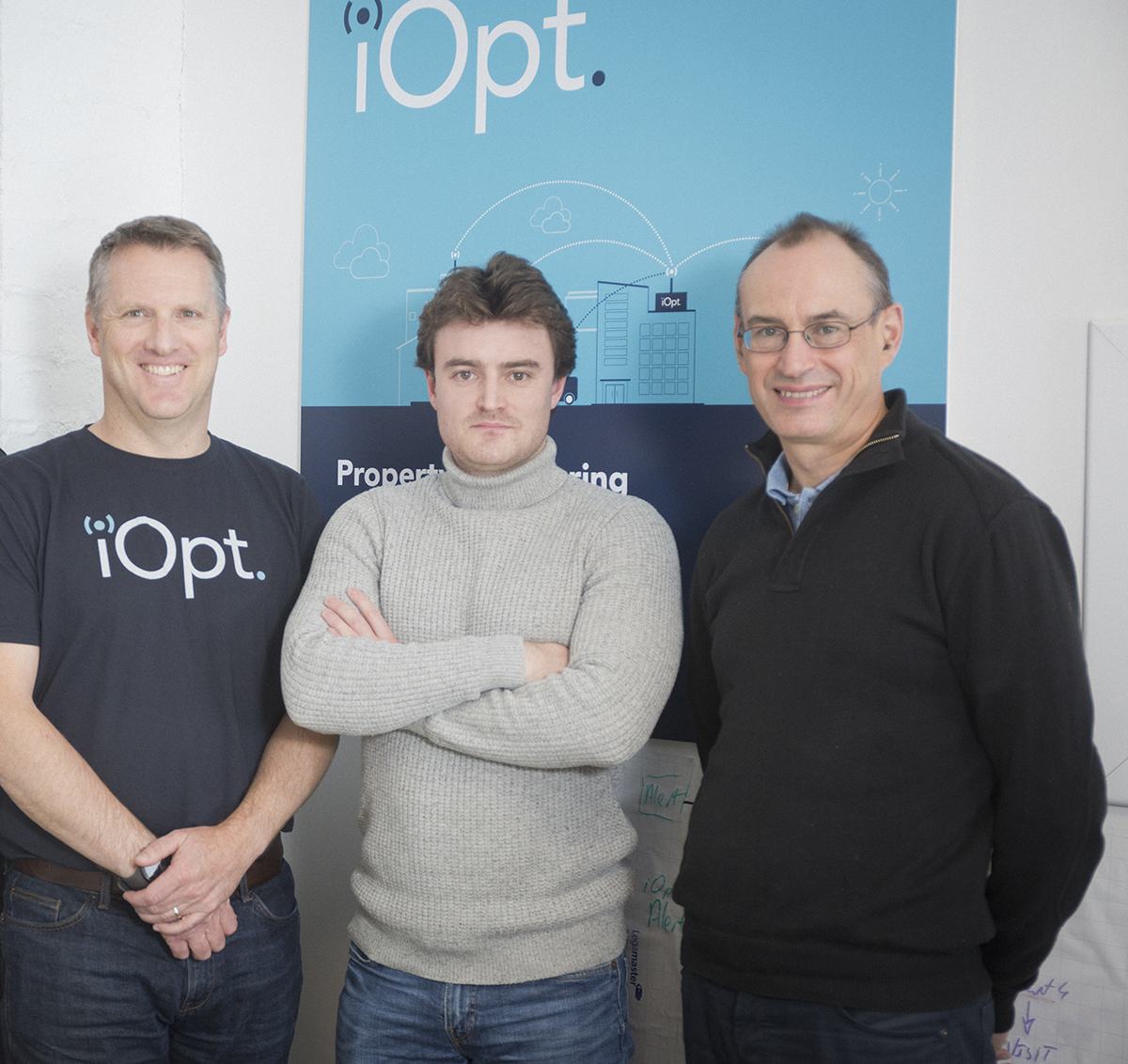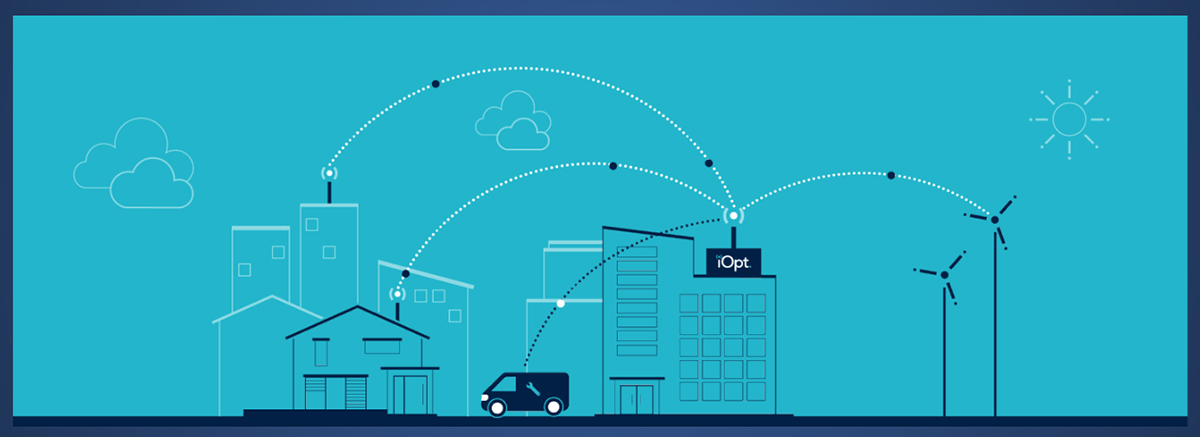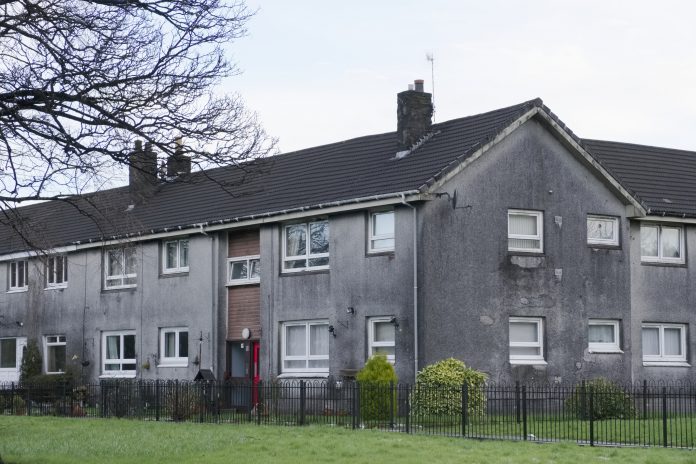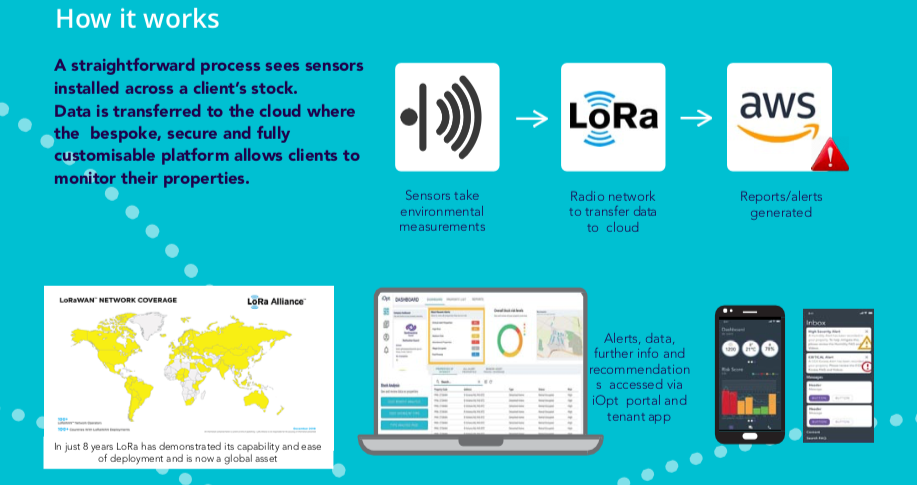Here, Founder and Managing Director of iOpt Dane Ralston, features a case study of iOpt’s breakthrough collaboration with Renfrewshire Council, one which could fundamentally change the way the UK manages housing stock – and deliver benefits in cost-saving, energy efficiency and tenant health
In 2016, an innovative local authority with 12,500 properties in Scotland, approached us with a challenge: How could they verify that their energy efficiency works programme had improved living conditions in their properties and reduced tenants’ fuel bills?
The Council wanted to understand the positive impact of the programme, and equally important, the unforeseen benefits, including cost savings and outcomes on tenant health. Benefits that, with the right technology partner on board, could prove transformational at a local and national level.
We were confident that our system, which analyses data on temperature, humidity and air quality through hi-tech sensors in homes, could prove it would be technically viable and made financial sense to monitor the environment in each and every one of their properties.
After a high-level look at the sector, we identified that the biggest challenge was not really the technology but the scale of the asset being monitored. 10,000 properties spread across a large geographical area with different rural and urban topographies and over 50 different property types.

We adopted the KISS principle – Keep It Simple – and embarked on a pilot project in just 30 homes. After six months, an ROI study showed a remarkable 500% return in investment with savings of £50,000 extrapolated over two years on an outlay of £10,000. As well as making sense financially, the study also showed benefits in energy efficiency and tenant health.
The question then was: “Can you scale this up?” If so, the benefits for councils across the country would be transformational – both in terms of finance and tenant welfare.
In June 2020, we announced that we had won a £1 million tender to install real-time monitors in 2,400 social houses for Renfrewshire Council with the support from £150,000 of funding from the CanDo Challenge Innovation Fund.
The two-year project, which begins when lockdown restrictions are eased, will see sensors fitted into selected empty properties being prepared for new tenants, who will also be supported with energy efficiency advice and guidance.
The Council’s commitment helped scotch the myth that IoT technology is somehow too complicated, way too expensive and not worth looking into.
Managing housing stock
As several of our housing management colleagues point out, the cost of managing housing stock is relative. Installing a new sink would set you back £600, with no added value, while the cost of installing our system in a two-bed home is under £400 and more than pays for itself through benefits for council and tenant alike.
The ROI of this technology goes well beyond direct cost-savings.
Benefits include:
Having real-time accurate visibility of asset conditions meaning the housing provider is in control, allowing for predictive and proactive maintenance interventions. It is well documented that proactive actions are typically five times less costly than reactive ones.
It helps identify and support vulnerable tenants who may be struggling with fuel poverty.
Instant access to information means reduced administration, improved communication, and fewer, more focused property visits.
Working collaboratively, data can inform customers’ future home design, system, and material procurement.
In the era of COVID-19, there is also a twofold relationship between our work and combatting the spread of the virus. In the new norm of lockdown, there are clear benefits for customers in remote monitoring rather than physical monitoring. And real-time data monitoring of temperature, air quality, occupancy levels is an essential tool in curtailing the spread of the virus as more people spend more time indoors during the winter months.
Our systems are already picking up some early warning signs. We saw CO2 levels – the key indicator of poor ventilation that leads to the build-up of viruses in homes – increase by 40% during lockdown.
Preparing for a Challenging Winter, by Anne Johnson, Professor of Infectious Disease Epidemiology at University College London, says the right level of heating and ventilation in our homes reduces the risk of transmission. Coronavirus spreads more easily indoors and poor ventilation and overcrowding increases the density infectious viral particles in a room.
Housing and health
Studies prove a clear relationship between inefficient housing and health. Even before COVID-19, a report from the BRE endorsed by the Chartered Institute of Public Health put the cost of poor housing to the NHS at £2.5 billion a year. To put that in context, smoking costs the NHS £3.3 billion while obesity costs £3.2 billion.
The most significant health gains can be achieved through prevention, by using data to understand how we can best improve the quality of life for tenants.
The information we gather is critical in not just dealing with current issues but in preventing future problems. It can also be used to inform councils as to what aspects of their properties are the best performing, such as the most efficient types of boilers or what building types may need to get upgraded first with insulation.
As an example, working with BRE and another customer, we are looking at a batch of 50 homes, with five property types, to examine which are the most efficient. This in turn could be extended to street and city levels.
As for the future, our own business was founded in 2016, so it is still relatively new. But we see a growing appetite for an IoT solution which delivers cost savings and is aligned with goals on health, the environment, energy efficiency and the smart cities revolution.
This market extends well beyond the UK. While there are nine million homes in the UK social and private sector, there are 40 million in the US. In the Netherlands, 70% of housing is social while in Singapore 78% of the population lives in publicly governed and developed homes.
Our next round of investment will focus on recruiting more talent and refining our technology. We have a scalable and sustainable business model and an IoT-driven solution that tackles a worldwide problem – a solution that improves the lives of people and protects valuable housing assets. The hard work and evaluation have been done and now it is time for IoT and energy efficiency adoption to be the new normal.
With council budgets under pressure and COVID-19 now part of our everyday lives, we are seeing more forward-thinking local authority CEOs accelerate the adoption of technology.
Many of our projects start off with a remit on energy efficiency. Our work shows that IoT is not just a tool for an individual department, but a powerful asset for all parts of an organisation to make better informed strategic decisions.
As we have proved in our case study, the key to unlocking this potential is collaboration. IoT companies, local authorities, housebuilders, and Government must work together to raise awareness of why this technology is no longer a ‘nice to have.’ IoT needs to be at the heart of a collective movement to improve financial efficiency, combat fuel poverty and, ultimately, create a healthier nation. Established in 2016, UK-based iOpt uses data analytics, hi-tech sensors and the latest IoT technology to allow owners and managers of large rental property portfolios, such as social housing or build-to-rent investors, to remotely monitor the internal environment of their assets.
Established in 2016, UK-based iOpt uses data analytics, hi-tech sensors and the latest IoT technology to allow owners and managers of large rental property portfolios, such as social housing or build-to-rent investors, to remotely monitor the internal environment of their assets.
iOpt’s bespoke algorithms predict when and where issues such as mould growth will arise, allowing preventative intervention before repair costs or tenant health issues escalate. iOpt has 11 customers including Renfrewshire Council, Leeds City Council and Places for People which between them manage 300,000 properties.
Founder and managing director, Dane Ralston has a 20-year track record in asset monitoring and predictive maintenance, having worked as a partnership builder with Goodrich Aerospace, Turkish Airlines and Aston Martin.
Please note: This is a commercial profile












